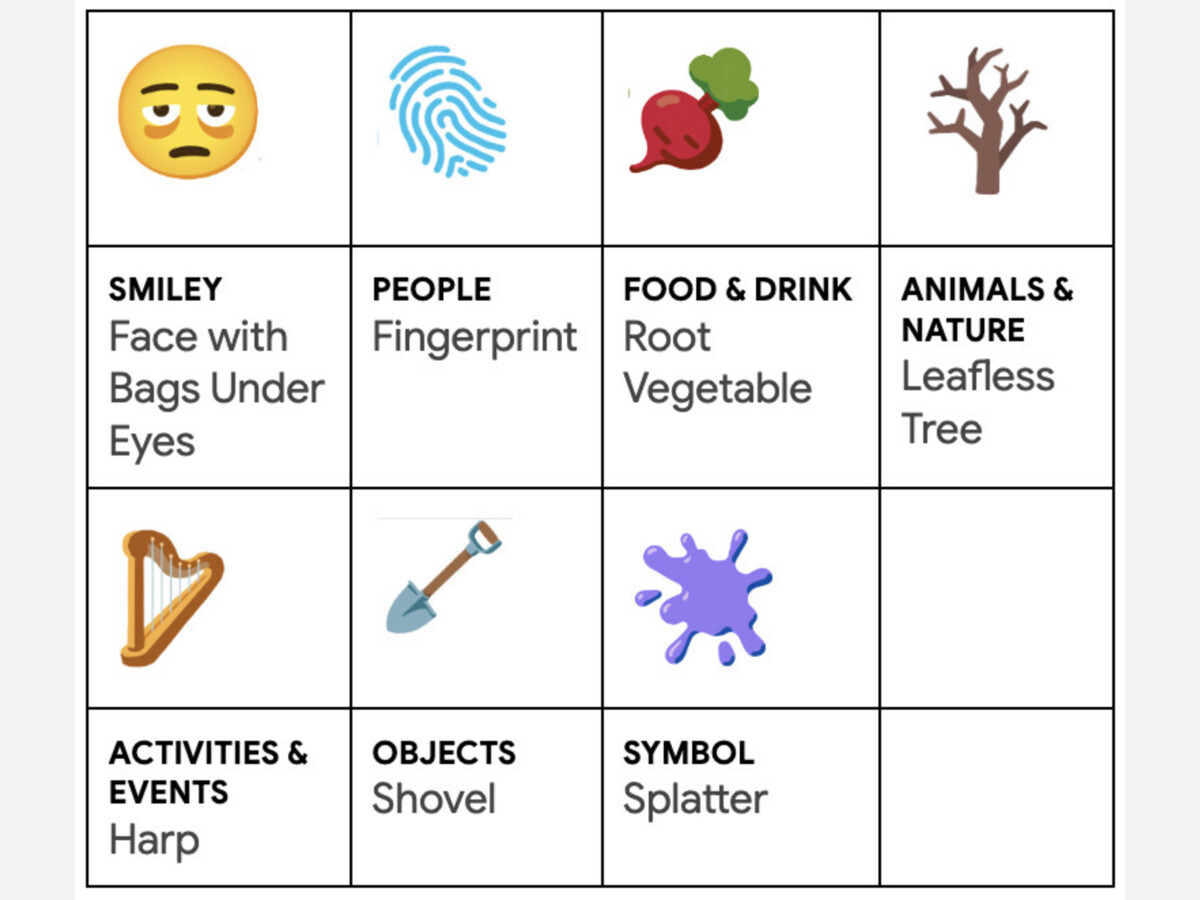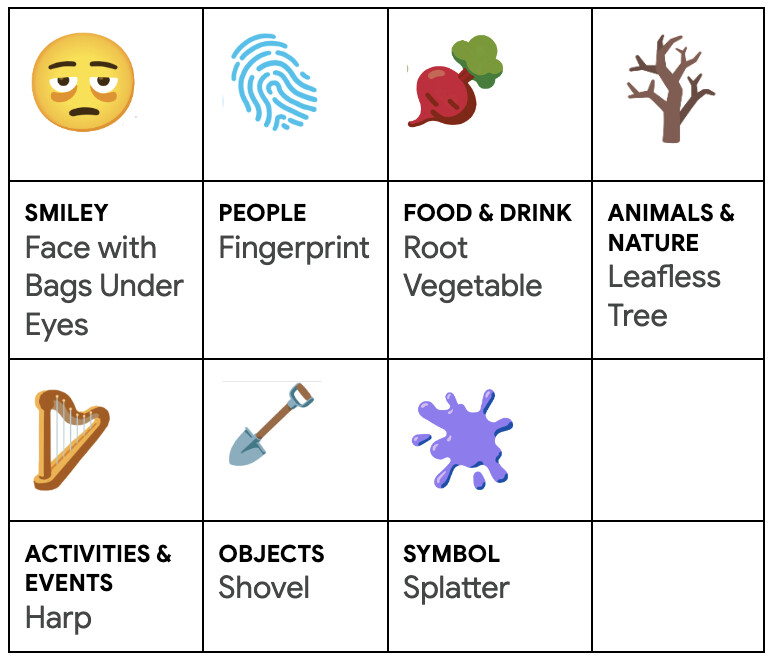Image


"According to data collected by the Unicode Consortium, the not-for-profit organization responsible for digitizing the world’s languages, Tears of Joy accounts for over 5% of all emoji use (the only other character that comes close is ❤️ and there is a steeeeeep cliff after that). The top ten emoji used worldwide are 😂 ❤️ 🤣 👍 😭 🙏 😘 🥰 😍 😊."
Unicode Consortium orchestrates the universality of emoji's & provides statistics on usage. Statistical information from Unicode Consortium includes:
Seven new characters are on their way for inclusion into the Unicode Standard, into your keyboards, and into your hearts ;-) The Unicode Blog: What do a leafless tree, a fingerprint, and a harp have in common? There were 20 characters added in 2022.
Did you know it can take up to two years to encode an emoji? It’s true. If we want the symbols we digitize to truly “just work” across the entirety of not just the Internet but all digital surfaces … it takes time. So, don’t expect to see these characters anytime soon.

An October virtual event "Open House on Script and Character Encoding" was recorded and is scheduled to be available via the Unicode YouTube channel.
The Unicode Standard aims to make the scripts used to write the languages of the world accessible on computers and devices. However, the process of getting characters and scripts into the Unicode Standard has often been puzzling. How does one successfully propose a script or a handful of characters? How are decisions made?
It is a unique way to fund the work of the Unicoe Consortium. As an example
 The feather is a "silver" sponsored emoji by Natives in Tech whose mission is to "Cultivate a tech ecosystem of Native technologists crafting free and open source technology for Native communities."
The feather is a "silver" sponsored emoji by Natives in Tech whose mission is to "Cultivate a tech ecosystem of Native technologists crafting free and open source technology for Native communities."To support Unicode’s mission to ensure everyone can communicate in their languages across all devices, please consider adopting a character, making a gift of stock, or making a donation.
Emoji List, v15.0 (unicode.org) Emoji List, v15.0 (unicode.org)
Fun new emoji's recently added
Importance of Unicode for language preservation, documentation, and archiving
QUESTION: How is Unicode related to language preservation and why is it important?
ANSWER: For those who wish to preserve languages with language documentation (in text) or
who want to preserve written materials of a language, using Unicode (with a Unicode-based
font) means the text materials will be accessible to others electronically and archivable for the
long-term.
Using a non-Unicode font to represent materials, however, will mean the texts may be difficult
to exchange electronically and may not be recoverable in the future. In a time when many
languages are in danger of disappearing and text materials may be lost, using the stable
standard Unicode to represent texts is critical.
Examples of proposals for a Unicode
Unicode Technology Workshop – November 7-8, 2023
San Francisco Bay Area (Hosted at Google)